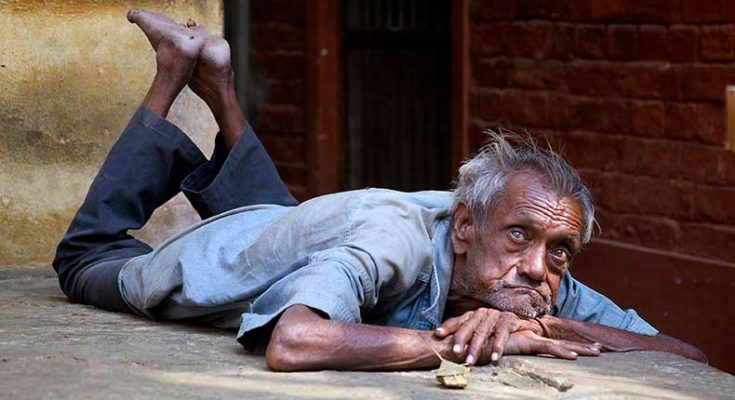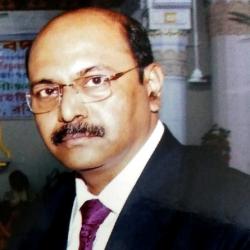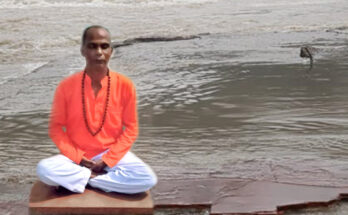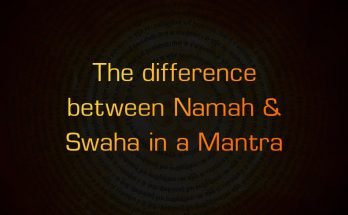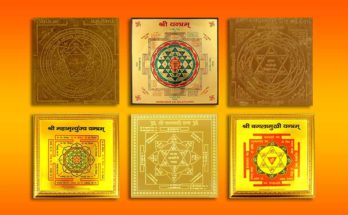Mania with undefined causes. Image Courtesy – Wikimedia
Eminent Scholars in the field of Vedic Jyotish have described at length the topic of “Unmad” or “Mania” while discussing Human mental Disorders. The views were corroborated and medically examined for detailing by various Acharya in their classical medical treatise.
Acharya Charak in ‘’Charak Samhita”, Acharya Bagbhatt in “Astanga Hriday”, Acharya Shusrut in “Shusrut Samhita”, and most of our ancient Acharyas have accepted five main classifications of causes for the ‘unmad’ but Acharya Shusrut has added the sixth classification. The six causes for the disease are added as ‘Bishad’ and thus now the classification stands as follows:
1. Vataz 2. Pitaz 3. Kafaz 4. Sannipat 5. Agantuk and 6. Bishad.
In this paper, the topic for discussion is ‘Agantuk Unmad’ which as defined by Acharya Charak as follows duly translated from the text in Sanskrit:
When the native by his actions either in the present Life or Past Lives have disrespectfully rejected and or humiliated the God or the heavenly bodies, Rishis, Gandharva, Pisach, Yaksha, Rakshas, or his own ancestors
Or,
When he performed or practiced these religious and spiritual rituals without actual submissiveness or purity, the native suffers from ‘Unmad’ or mania for undefined reasons.
Read: Significance of Zero(0) – explained Mathematically, Numerologically and Spiritually
Thus we can summarize the pointers as:
(i) Disrespectful rejection of heavenly bodies
(ii)Failure to perform or practice religious or spiritual rituals
(iii)Failure to perform or practice these rituals with full submissiveness or purity.
And all these actions may pertain to either the present or past lives. A mental disorder as defined by wakefields is a mental condition that causes significant distress or disability and is a manifestation of mental dysfunction.
Acharya Charak also explained the visible changes in physical and mental characteristics of natives suffering from ‘Agantuk Unmad’ as –
When one suffers from ‘Agantuk Unmad’, his physical, mental, educational and knowledge levels suddenly change enormously to a very high degree and at times become unbelievable, unacceptable, and beyond normal human activities and thus this type of ‘Unmad’ should be referred to as ‘BHUTAZ Unmand’ or mania due to ‘undefined causes’.
Acharya Charak’s explanation underlines the following changes as apparent indications of the Native suffering from ‘Maniatic disorders’.
(i) Enormous change of Level of mental, physical and knowledge normally associated with the native in daily life,
(ii) The changed level represents a considerable High Degree and even unbelievable or unacceptable considering the physique and social status of the native.
(iii) The changed level could also be termed as beyond normal human capacity or paranormal in nature.
The Acharya in sloka-18, Chapter 9 explains the mode of entry of these God or the heavenly bodies, Rishis, Gandharva, Pisach, Yaksha, Rakshas, or his own ancestors in the body of the native and for clarification cites a reference to the entry of shadows in a mirror or the entry of Sunrays into a ‘SURYAKANTMANI’ as the example for the described entry mode.
Read: Impact of the Vedas in Europe
Acharya Charak, Bagbhatt, and Shusrut all in common have accepted these entries as Planets with some variations of names and details in this regard are embodied in their classical treatise as follows:
The ‘Agantuk Mania’ caused by those bodies are referred to as follows in ‘Charak Sanhita’, Chapter-9 Slokas-19 and its sub-padas.
(i) ‘Devonnamat’ or one caused by Gods
(ii) Guru, ‘Rishi Shaponnamat’ or one caused by the curse of Gurus or Rishis, the aged and infirm, the Knowledgeable, the ‘Tapaswi’ or the ‘Siddha’ and includes effects of ‘Avichar’ or tantric activities like ‘Maran’, ‘Mohan’ or ‘Ucchatan’.
(iii) ‘Pitragrahonnamat’ or one suffering for disobedience or dissatisfaction of the dead in the family.
(iv) ‘Gandharvonnamat’ or one suffering due to ‘GandharvaGraha’.
(v)‘Yaksbannomat’ or one suffering due to ‘YaksbaGraha’.
(vi)‘Raksbonnamat’ or one suffering due to ‘RakshasGraha’.
(vii)‘Brabmarakshonnamat’ or one suffering due to ‘BrabmarakshasGraha’.
(viii) ‘Pisachonnamat’ or one is suffering due to ‘PisachaGraha’.
The most important feature for these classified ‘Agantuk mania’ is the separately explained characteristics both physical and mental of the affected natives in these slokas quite distinct and clearly defined for each such classification.

